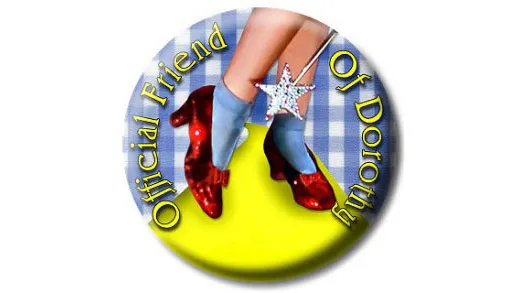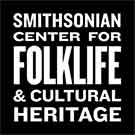SMITHSONIAN CENTER FOR FOLKLIFE & CULTURAL HERITAGE
Are You a Friend of Dorothy? Folk Speech of the LGBTQ Community
During the years before greater openness and understanding, members of the LGBTQ community sometimes resorted to coded speech or behavior as a safeguard. Other community members could understand these codes, but not outsiders.
/https://tf-cmsv2-smithsonianmag-media.s3.amazonaws.com/blogging/featured/GettyImages-90256078.jpg)
Coming out as LGBTQ is often difficult even today, but throughout much of the twentieth century it could have dire legal and social consequences. During the years before greater openness and understanding, members of the LGBTQ community sometimes resorted to coded speech or behavior as a safeguard. Other community members could understand these codes, but not outsiders.
One of my favorite examples from the mid-twentieth century is the phrase, “friend of Dorothy.” It might work like this: one man is attracted to another but isn’t sure if the feeling is mutual. To test the waters, he’ll ask, “Are you a friend of Dorothy?” If the response is a puzzled “Dorothy who?” he’ll know it’s wise to move on. But if the response is “Oh, yes, I’m a very good friend of Dorothy,” he’ll know it’s safe to proceed.
Folklorists study folk speech, which includes expressions, pronunciations, and grammatical forms shared by members of a particular group—whether the group is based on region, religion, ethnicity, occupation, kinship, or gender identity. The origins of folk speech are often difficult to determine, which is certainly true for “friend of Dorothy.”
According to one letter from 2001 in the Los Angeles Times, the source is Dorothy Parker (1893–1967), a witty member of the Algonquin Round Table, who frequently invited gay men to fashionable soirées during the 1920s and 1930s.
However, the explanation more commonly believed today is that the source is Dorothy Gale, the lead character played by actress Judy Garland in The Wizard of Oz (1939).
Daniel Harris’s The Rise and Fall of Gay Culture (1997) maintains that Garland (1922–1969) served as a “lodestone” for gay culture: “When Judy came onto the stage, we were the loudest and most exuberant part of that audience. We not only listened, we felt all the lyrics of all the songs. Judy Garland was all ours; she belonged to every gay guy and girl in the theatre.”
Dee Michel’s Friends of Dorothy: Why Gay Boys and Gay Men Love The Wizard of Oz (2018) expands the scope to explain gay culture’s fascination with more than Garland—but the land of Oz itself.

Other elements that reinforce the connection of the phrase to Dorothy Gale and The Wizard of Oz:
- The song “Somewhere Over the Rainbow,” which Dorothy Gale sings in one of the film’s early scenes. The rainbow flag and rainbow colors are now symbols of LGBTQ culture. Moreover, Dorothy’s wish that “somewhere over the rainbow . . . the dreams that you dare to dream really do come true” strongly resonates with LGBT culture. Skipping down a yellow brick road while wearing ruby slippers is part of Dorothy’s dream.
- The song “Come Out, Come Out, Wherever You Are,” which Glinda the Good Witch sings after Dorothy lands in Oz. Mickey Weems in the Qualia Encyclopedia of Gay People notes that Harvey Milk adopted this same expression to campaign against a proposed California initiative that would have banned gays from working in public schools. Weems also points out that “to drop a house on somebody” is gay folk speech for “getting even with an offensive person.”
- The character of the Cowardly Lion, portrayed by Bert Lahr in a manner that some critics have termed effeminate or stereotypically gay. Even more intriguing is that in one of Frank Baum’s published Oz stories, the Cowardly Lion remarks, “Any friend of Dorothy must be our friend, as well.”
- The popularity of gay nightclubs, such as Oz in New Orleans or Emerald City in Pensacola, which reference the film.
Whatever its origins, “friend of Dorothy” illustrates several of the most important functions of folklore that serve members of the LGBTQ community. The phrase helped to maintain the stability, solidarity, cohesiveness, and identity of the group within the larger culture at a time when those qualities were much needed.

